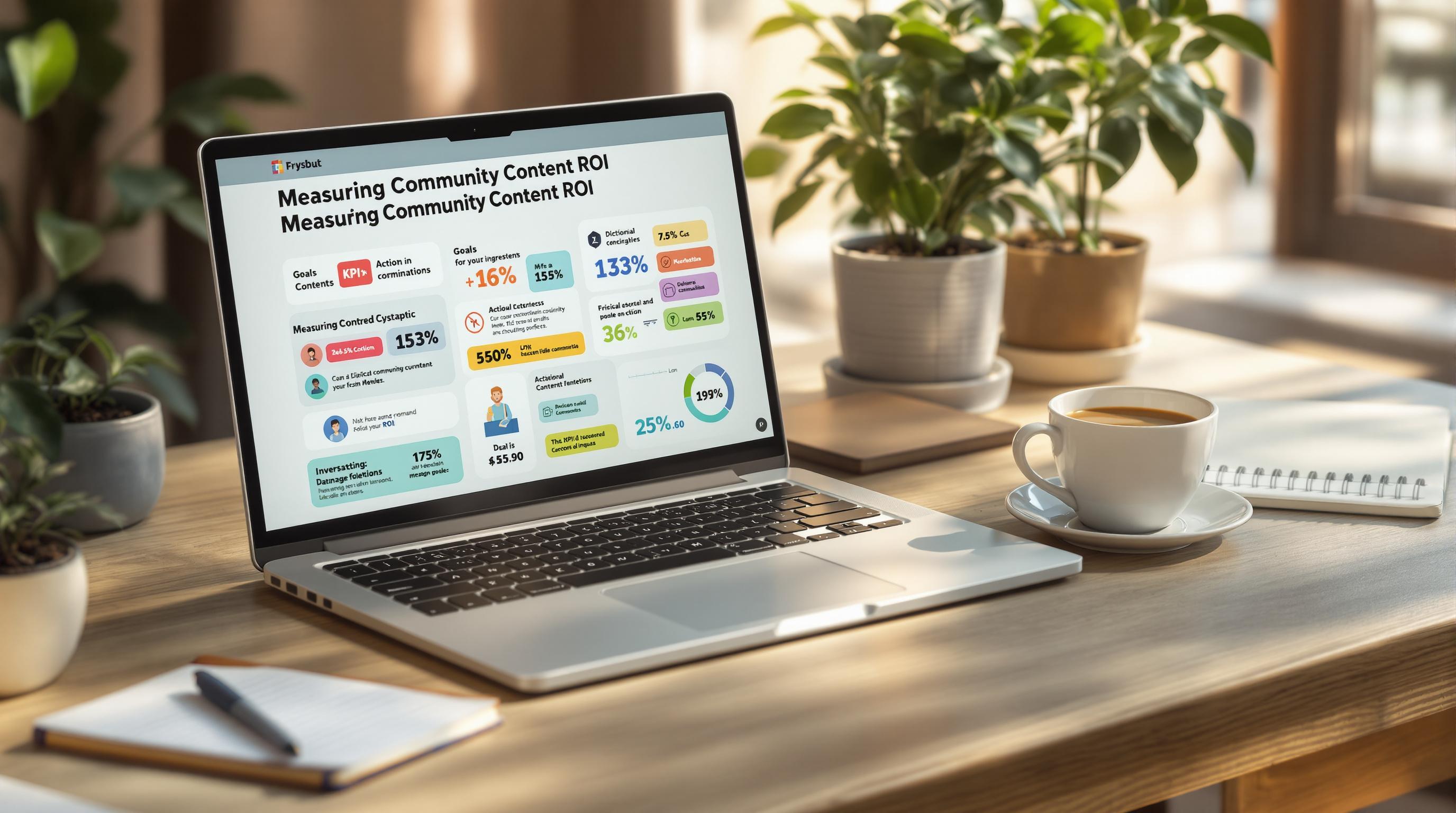Standardization in B2B is essential for businesses looking to scale efficiently. It simplifies operations, ensures consistent data, and improves collaboration, making growth more manageable. Without it, companies face challenges like data silos, process inconsistencies, and integration difficulties, which hinder scalability.
Key Benefits of Standardization:
- Efficiency: Streamlined workflows reduce errors and save time.
- Data Accuracy: Consistent formats improve decision-making and analytics.
- System Integration: Easier onboarding of tools and partners.
- Collaboration: Unified processes enhance team and partner alignment.
Challenges to Address:
- Legacy systems and fragmented data complicate standardization.
- Resistance to change from stakeholders can slow implementation.
Steps to Standardize:
- Adopt industry standards for processes and data.
- Use AI and automation to maintain consistency.
- Focus on critical areas like workflows, data management, and system integration.
Standardization isn't just about consistency - it's a growth strategy that helps businesses scale while maintaining efficiency.
5 Tips (+1 Bonus) To Scale Your B2B Biz with Process
Benefits of Standardizing Processes in B2B
Standardizing processes offers clear advantages that help B2B companies grow and operate more effectively. These improvements touch multiple aspects of operations, paving the way for long-term success.
Boosting Efficiency Across Workflows
Streamlined workflows cut down on wasted time and resources. For example, Toyota's New Global Architecture (TNGA) reduced production costs by 20% by implementing standardized processes, proving how this approach can enhance efficiency on a large scale [2][4].
Here’s how standardization drives efficiency:
| Area | Impact on Operations |
|---|---|
| Streamlined Operations | Automates tasks and speeds up completion times |
| Consistent Procedures | Simplifies training and ensures uniform execution |
| Quality Control | Maintains consistent output across all activities |
Aside from improving efficiency, standardization also strengthens the reliability of essential business data.
Ensuring Accurate and Consistent Data
When data is standardized, it becomes a reliable tool for decision-making and analytics. Consistent formats and values make business intelligence more actionable, especially for AI-driven insights [1]. This approach ensures smooth data flow across systems, departments, and even external partners.
"Unlike consumer payments, B2B transactions lack standardization, complicating processes." - Dean M. Leavitt, Founder and CEO at Boost Payment Solutions [3]
Standardized data also makes it easier to adopt and integrate new systems, a crucial factor for scaling.
Simplifying System Integration for Growth
As businesses grow, integrating new tools and systems becomes inevitable. Standardization lays the groundwork for smoother transitions. For instance, using standardized supplier data streamlines inventory management and improves supply chain operations [1].
Improving Team Collaboration
Growth often complicates collaboration between teams and partners, but standardization helps keep everyone on the same page. Unified processes and data standards make communication clearer and more productive. For example, marketing and sales teams can better align their strategies when they share consistent customer data [1].
Here’s how it impacts collaboration:
| Collaboration Aspect | Business Benefit |
|---|---|
| Interdepartmental Communication | Reduces misunderstandings and speeds up projects |
| Partner Integration | Makes onboarding and ongoing collaboration easier |
| Data Sharing | Enables consistent analysis and reporting |
| Decision Making | Supports quicker, well-informed decisions based on reliable data |
Challenges in Standardizing B2B Processes
Standardizing B2B processes offers many benefits, but it comes with its own set of hurdles that need to be tackled for successful implementation.
Dealing with Fragmented Systems and Data
Many B2B operations depend on outdated systems and mismatched data formats, making standardization a tough task. Legacy systems often don't work well with modern platforms, leading to complex integration challenges [1].
| Challenge Area | Impact on Standardization |
|---|---|
| Legacy Systems | Struggles to integrate with modern solutions |
| Data Formats | Different platforms use inconsistent formats |
| Integration Issues | Mapping between systems becomes complicated |
| Information Flow | Data exchange across departments is disrupted |
"In B2B, unlike consumer payments, buyer-supplier profiles lack standardization, complicating transactions." - Dean M. Leavitt, Founder and CEO at Boost Payment Solutions [3]
While technical issues like system fragmentation are a big hurdle, the human element - resistance to change - can be just as challenging.
Overcoming Resistance to Change
Resistance to change is a common roadblock when introducing standardization. Several factors contribute to this, including:
| Resistance Factor | Business Impact |
|---|---|
| Stakeholder and Employee Pushback | Slows down implementation and hampers efficiency |
| Process Disruption | Temporary operational slowdowns |
| Training Needs | Requires extra resources and time |
For example, Zappos improved customer satisfaction and response times by empowering employees during their process standardization efforts [2].
Successfully addressing these issues often requires a mix of technical fixes and well-planned change management strategies [1][4].
sbb-itb-01010c0
Practical Steps to Standardize B2B Processes
Once key challenges are identified, businesses can take specific steps to implement standardization effectively. Here's a clear roadmap for making it happen.
Relying on Industry Standards for Processes and Data
Using established industry standards, like ISO formats for data and metrics, helps create a reliable framework for consistent operations. By standardizing elements such as dates, currencies, and measurements, businesses can streamline processes and make international operations easier [1].
While adopting universal protocols is a great starting point, specialized tools and expert input can help speed up and refine the process.
How The B2B Ecosystem Supports Standardization

The B2B Ecosystem offers AI tools and consulting services designed to simplify the standardization process. Their tools, like the AI Process Optimizer, help modernize workflows, while consulting services provide customized strategies to make the transition smoother.
With a mix of expert advice and advanced automation tools, businesses can implement and sustain standardized systems more effectively.
Leveraging AI and Automation for Consistency
After setting up foundational standards, AI tools can take over to refine and automate processes, ensuring they remain consistent over time. Tools like process analyzers and data validators not only improve data accuracy but also streamline workflows for smoother operations [2][4].
These tools can detect patterns in data and enforce standards across teams and partners, making it easier to maintain consistency while allowing for necessary adjustments in business processes [1][4].
Examples of Standardization in B2B
Streamlining Payment Processes
Amazon Business showcases how a unified payment system can simplify operations. Their system integrates automated tracking with accurate reconciliation, making payment workflows smoother and more reliable. This setup not only enhances efficiency but also provides better visibility across their supplier network, ensuring seamless B2B transactions [3].
While payment standardization is key, digital tools open up even greater possibilities for scaling operations.
Scaling with Digital Solutions
Dell Technologies shows the power of unified digital processes in driving B2B growth. By aligning their sales and marketing operations, they improved lead qualification, cut down on costs, and delivered a more consistent customer experience through streamlined workflows [2].
In a similar vein, platforms like Salesforce and HubSpot illustrate how cloud-based tools can support growth. Their unified customer relationship management systems help businesses stay consistent in managing customer data and tracking sales, even as they scale [1].
These examples underline how standardizing processes - whether in payment systems or digital operations - lays the groundwork for efficient and scalable B2B growth. Adopting these solutions allows businesses to expand while keeping operations smooth and effective [4].
Conclusion: Standardization as a Growth Strategy
Standardization plays a key role for B2B companies aiming to scale their operations efficiently. By streamlining workflows and processes, businesses can build a solid framework that reduces inefficiencies and supports growth. To make the most of standardization, leaders need to focus on areas that deliver the biggest impact.
It’s not just about consistency - it’s about creating systems that can scale as your business grows. Companies like Amazon Business and Dell Technologies have shown how effective standardization can drive operational efficiency and long-term growth [2].
Focus Areas for Business Leaders
When rolling out standardization efforts, leaders should prioritize these areas:
Process Integration and Automation
- Pinpoint and standardize critical processes to maximize results.
- Build systems that can scale as your business grows.
- Incorporate automation to ensure consistent execution.
Data Management
- Use unified data formats and clear protocols for storage and handling.
- Standardize reporting to improve decision-making.
A thoughtful approach is essential. While businesses need to remain flexible to handle unique challenges, creating consistent systems is key to scaling efficiently. With well-planned standardization, companies can achieve growth while maintaining operational efficiency [1][3].
Viewing standardization as a tool for growth - not just a set of rigid rules - helps businesses design systems that can scale and adjust, ensuring success in the fast-changing B2B world [2][4].
FAQs
Here are quick answers to common questions about process standardization, aimed at helping business leaders understand its importance and how to implement it effectively.
What are the benefits of business process standardization?
Standardizing processes offers several advantages that can improve operations and growth:
| Benefit | Impact |
|---|---|
| Operational Efficiency | Simplifies workflows, reduces manual effort, and speeds up processing. |
| Data Quality | Ensures consistent formats, better accuracy, and reliable reporting. |
| System Integration | Makes platform connections smoother, minimizing technical challenges. |
| Compliance | Improves adherence to regulations and lowers compliance risks. |
| Scalability | Facilitates growth and makes onboarding new partners more seamless. |
How can AI support standardization efforts?
AI helps speed up standardization by automating processes like data cleaning, enforcing uniformity, and minimizing errors [1][4].
What steps should businesses take first?
To get started:
- Map out existing workflows to pinpoint inefficiencies.
- Develop unified guidelines for data and processes.
- Begin by standardizing core operations, then expand gradually.
How do you measure standardization success?
You can measure success by tracking metrics such as fewer errors, faster system integrations, cost reductions, and increased productivity. These benchmarks help gauge progress and identify areas for improvement [1][2].


